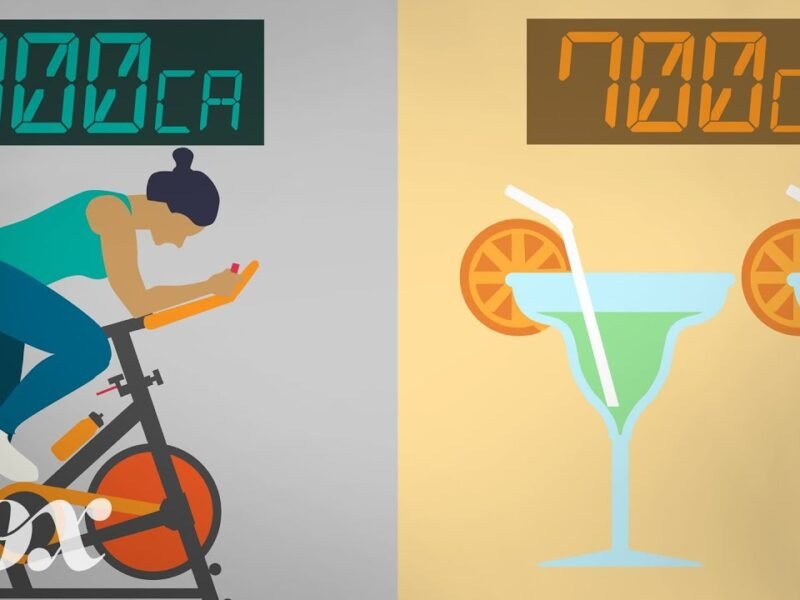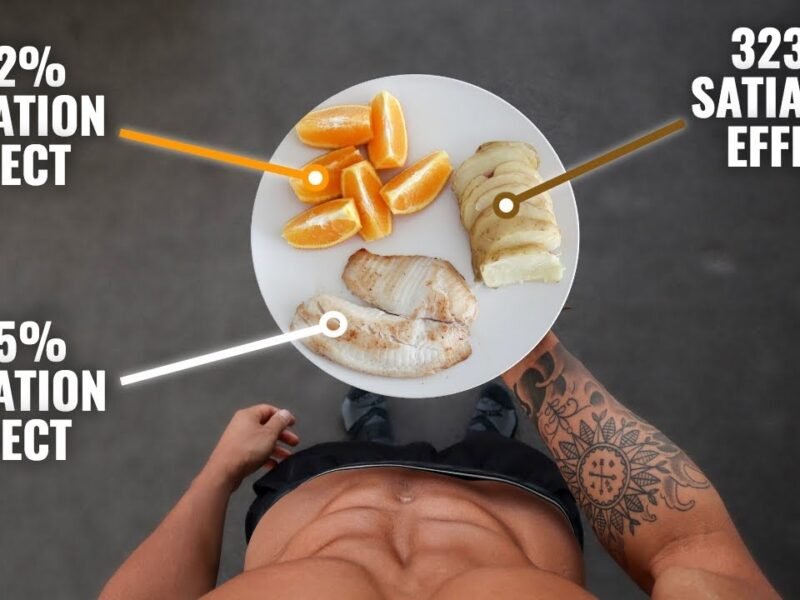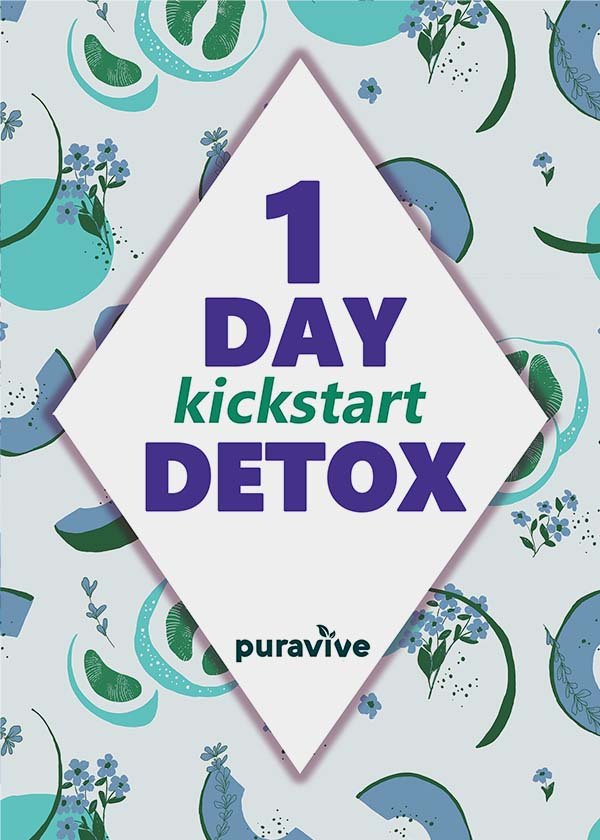Revive Your Metabolism: 3 Essential Steps for Lasting Fat Loss (Part 2 of 4)

Fat Loss: Mastering Metabolic Restoration (Part 2 of 4)
Is your weight loss journey stuck in neutral, no matter how much you cut back on calories? You might be unknowingly battling metabolic adaptation. When your body adapts to prolonged calorie restriction, it can sabotage your fat loss efforts. The solution? Metabolic restoration.
At SlimScienceTV, we believe the foundation of sustainable fat loss lies in repairing your metabolism. This step isn’t about quick fixes—it’s about setting your body up for long-term success. Let’s dive into how you can restore your metabolism in three simple steps.
What Is Metabolic Restoration?
Metabolic restoration is the process of bringing your metabolism back to balance after the damage caused by chronic dieting. Prolonged calorie deficits slow down your metabolic rate, making weight loss harder and causing fatigue, mood swings, and other health issues.
This phase of your fat loss journey focuses on healing your body, replenishing energy stores, and building a solid metabolic foundation for future progress.
Why Is This Step Crucial?
Skipping metabolic restoration often leads to unsustainable dieting and long-term weight gain. By restoring your metabolism, you’ll enjoy:
- Improved energy levels and mood
- Better hormonal balance
- Efficient fat burning
- A sustainable approach to fat loss
Step 1: Calculate Your Caloric Needs
To begin metabolic restoration, you need to understand your body’s energy requirements. Follow these steps:
- Determine Your BMR: Use a BMR calculator to find your Basal Metabolic Rate (BMR)—the calories your body needs at rest to maintain vital functions.
- Find Your TDEE: Multiply your BMR by your activity level (1.2 for sedentary, up to 1.9 for very active) to calculate your Total Daily Energy Expenditure (TDEE).
- Track Your Intake: Log your meals for a week using a food tracking app to compare your current intake to your TDEE. If you’re eating significantly below your TDEE and not losing weight, it’s time to restore your metabolism.
Step 2: Gradually Increase Calorie Intake
Once you know your TDEE, start increasing your calories gradually to prevent weight gain. Here’s how:
- Slow and Steady: Add 10–20% more calories to your current intake weekly until you reach your TDEE. If you feel uncomfortable with weight changes, make smaller increases every two weeks.
- Monitor Progress: Track your weight, waist measurements, and energy levels. If the scale goes up but your waist size remains steady, you’re likely gaining muscle—not fat.
Stay at your TDEE for 4–6 weeks to allow your metabolism to stabilize. This phase helps improve sleep, digestion, and overall energy while preparing your body for the next stage of fat loss.
Step 3: Prioritize Nutrient-Dense Foods
Fueling your body with whole, nutrient-rich foods is essential during metabolic restoration. Focus on:
- Proteins: Lean meats, fish, eggs, tofu, and legumes to preserve muscle mass
- Complex Carbs: Quinoa, sweet potatoes, oats, and whole grains for sustained energy
- Healthy Fats: Avocados, nuts, seeds, and olive oil for hormonal balance
- Fiber-Rich Foods: Vegetables, fruits, and legumes to aid digestion
Limit processed foods and eating out. If meal planning feels overwhelming, start with simple recipes and batch cook your meals for the week.
How to Balance Macronutrients
Customize your macronutrient ratios to meet your needs:
- Protein: Aim for 0.7–1.2g per pound of body weight. If strength training, go for 1g per pound.
- Fats: Consume 20–40% of your calories from fats. Sedentary individuals can increase this to 60–70% for hormonal support.
- Carbs: Fill the rest of your calories with carbohydrates based on your activity level.
For reference: 1g of protein/carbs = 4 calories, and 1g of fat = 9 calories. Use a macronutrient calculator to simplify the process.
Why This Step Works
Metabolic restoration isn’t a flashy quick fix, but it’s a game-changer for long-term results. By following this process, you’ll:
- Rebuild a strong metabolic foundation
- Break free from the cycle of restrictive dieting
- Experience improved energy and mental clarity
What’s Next?
Metabolic restoration sets the stage for Lifestyle Optimization, the next step in your journey. In Part 3, we’ll explore how to integrate healthy habits into your daily routine, making weight loss sustainable and effortless.
Ready to take control of your metabolism? Stay tuned for more expert tips and strategies in the SlimScienceTV Fat Loss Series.
Follow Us for More Inspiration
Connect with us on social media or visit SlimScienceTV.com for the latest updates, success stories, and tools to help you achieve your goals.



















